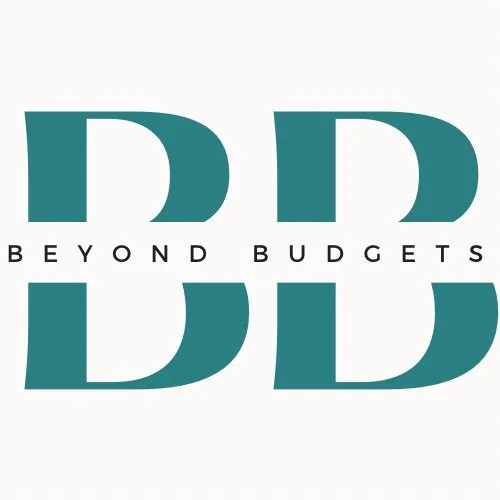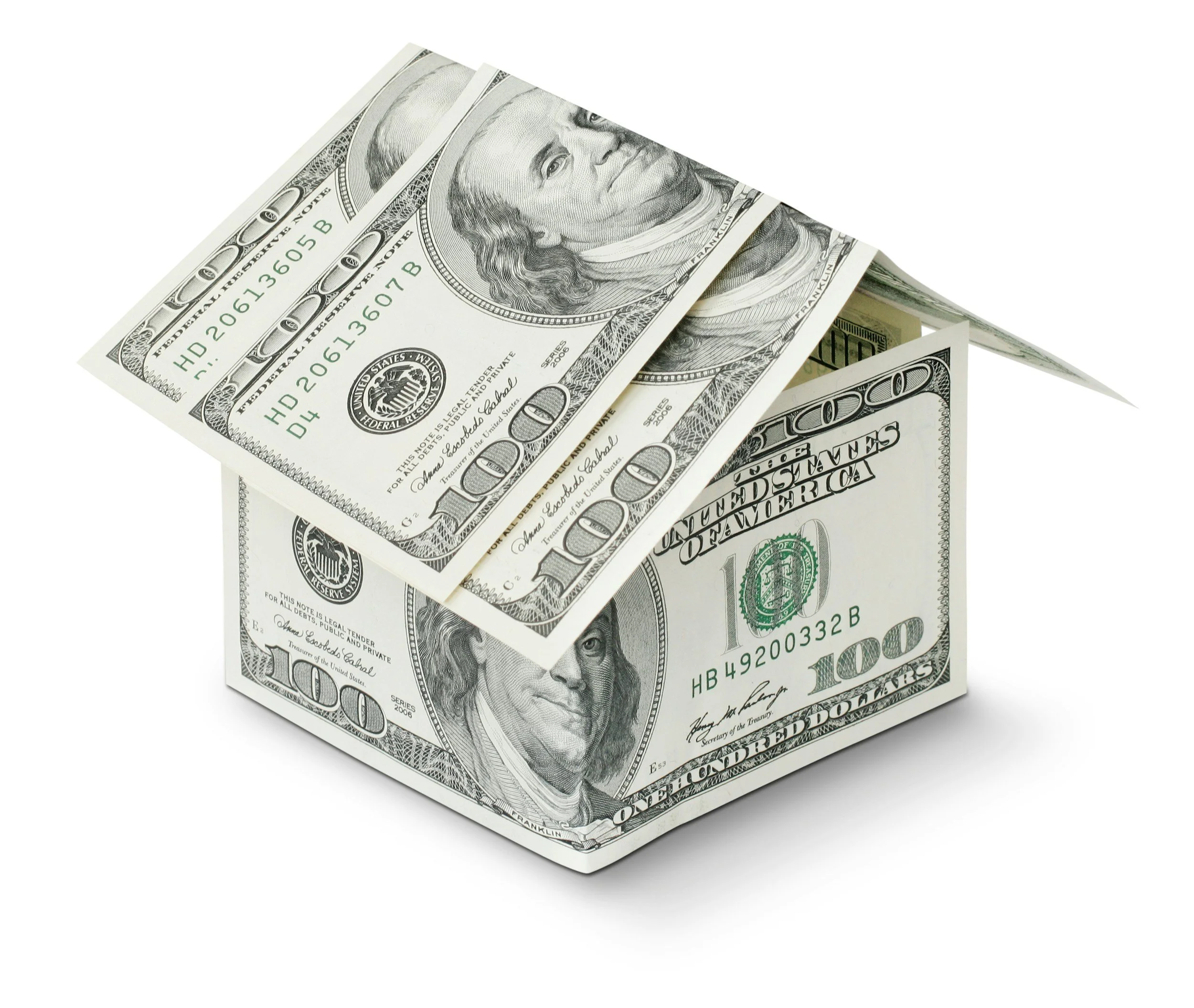Emergency Fund 101
When it comes to financial stability, an emergency fund is one of the most essential tools you can have in your financial toolkit. It acts as a safety net, providing peace of mind and a cushion to handle unexpected expenses without derailing your financial goals. Whether you’re just starting or looking to improve your current money strategy, understanding the importance of an emergency fund is critical. So today we’ll talk more about why you need one, how much to aim for, and how you can get started right now.
Why You Need an Emergency Fund
Life is unpredictable, and unexpected expenses can come out of nowhere — sudden car repairs, a trip to the ER, or losing your job. Without a financial buffer, these situations can lead to debt, stress, and setbacks.
An emergency fund is crucial for three primary reasons. It protects you from turning to credit cards or loans during tough times. It provides peace of mind in knowing you have a cushion, reducing money anxiety. And finally, with an emergency fund, you gain and maintain the freedom to make decisions without financial pressure. This could mean leaving a toxic job, handling a major car repair without stress, or being able to assist family members in need.
How Much Should You Save?
The size of your emergency fund will depend on your individual situation, including your income, expenses, job stability, and financial responsibilities. Here are some general guidelines:
Aim for 3-6 Months of Living Expenses
This is a common rule of thumb. Calculate your monthly essential expenses — rent/mortgage, utilities, groceries, insurance, and transportation — and multiply that by three to six. This should give you a reasonable target. For example, if your monthly fixed expenses are $3,000, aim for $9,000 to $18,000 in your emergency fund.
Adjust Based on Your Situation
If you have a stable job with a predictable income, 3 months of expenses might be sufficient. However, if you have a more volatile income (like a freelancer or business owner) or dependents relying on you, aim for 6 or even 12 months of expenses.
Start Small
If the thought of saving three to six months of expenses feels overwhelming, start with a smaller target, like one month of expenses. Once you hit that goal, gradually increase it. The key is to make steady progress, even if it’s slow.
How to Get Started with an Emergency Fund
Starting an emergency fund may seem daunting, especially if you’re already juggling other financial priorities. However, you can break the process down into manageable steps:
Set a Small Initial Goal
Begin with a modest target, like $1,000. This starter amount is usually enough to handle small emergencies like a car repair or medical copay and will give you a boost in confidence to keep going.
Open a Separate Savings Account
This step is not optional, friend. Always keep your emergency fund in a separate, easily accessible savings account to avoid the temptation to dip into it for everyday expenses. I recommend a high-yield savings account to earn a bit of interest while your money grows!
Automate
Make saving an unconscious habit by setting up automatic transfers from your checking account to your emergency fund. Even if it’s just $10 or $25 a week, the consistency will help you build your fund over time without having to think too hard about it.
Make Temporary Cuts
If your budget is tight, look for temporary ways to cut back on non-essential spending. This could mean skipping a few takeout meals, pausing a streaming service, or selling some of the stuff you’re not using. Every little bit helps in building your fund.
Use Windfalls Wisely
Got a tax refund, birthday gift, or bonus from work? Consider putting it into your emergency fund. Windfalls can give a significant boost to your savings!
What to Do Once You’ve Built Your Emergency Fund
Once you’ve hit your emergency fund goal, congrats! That’s a great accomplishment! Now that you have achieved your goal, keep these ground rules & next steps in focus.
Keep That Fund Full
Replenish your fund if you need to use it. Treat withdrawals like a loan you owe yourself, and prioritize refilling your savings as soon as possible. You worked hard for that peace of mind, so be sure to maintain it.
Invest for Long-Term Goals
With a solid emergency fund in place, you can start funneling extra savings toward other financial goals like retirement, investing, or a down payment on a home.
Review Your Fund Annually
Your financial situation can change, so it’s a good idea to review your emergency fund annually to ensure it’s still adequate. As your income or expenses change, you may need to adjust the size of your fund.
Prioritize Your Peace of Mind
An emergency fund is more than just a financial buffer; it’s a source of confidence and empowerment. With a safety net, you can weather financial storms without sacrificing your long-term goals. Start small, stay consistent, and remember that building an emergency fund takes time and consistency. Each step you take brings you closer to financial stability and peace of mind. Prioritize it today, and give yourself the freedom to handle whatever life throws at you.


